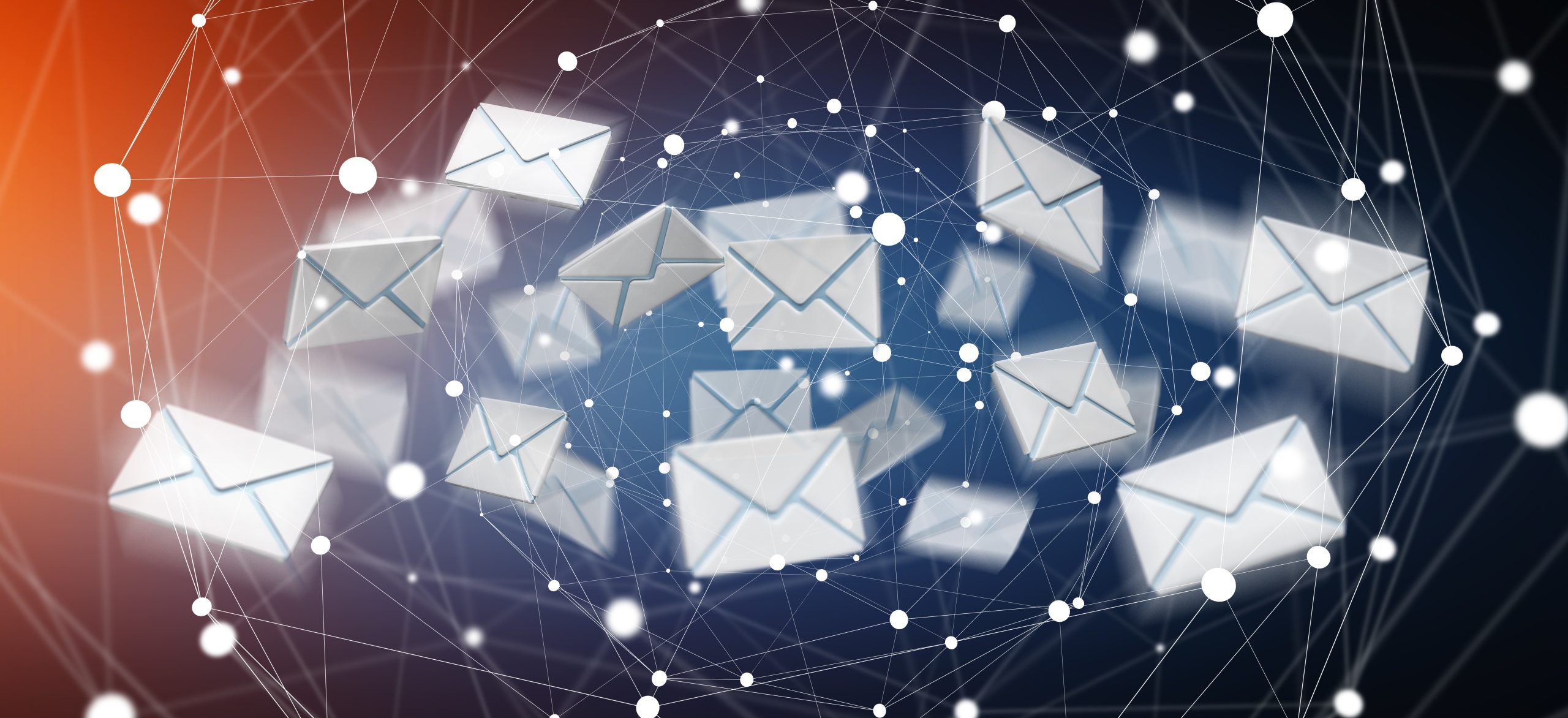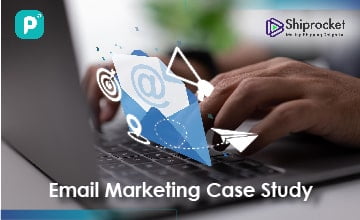Every digital marketer understands how crucial email marketing is. Sending out emails at the perfect times can have a big impact on your business. One needs to know how many emails are too many emails and how often you should send out the emails. For example, when an e-commerce company started sending a weekly newsletter, their subscriber count decreased. On the other hand, an automobile company saw a 25% increase in revenue after sending more emails to their subscribers. These examples highlight how the timing and frequency of your emails can influence your business outcomes. This blog is all about email frequency, it’s timing, and the best practices to send email. Let’s dive in!
Email Frequency and its Impact on ROI
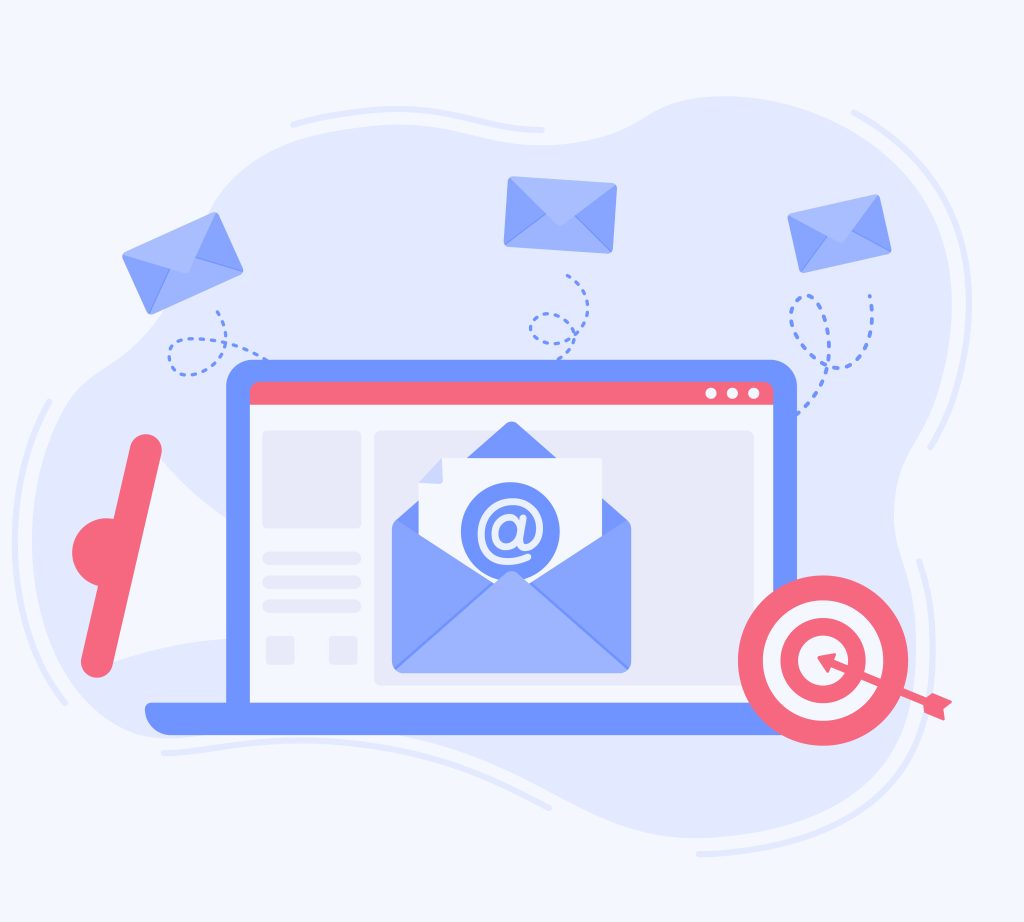
Email frequency plays a crucial role in shaping the effectiveness of marketing campaigns and ultimately impacting Return on Investment (ROI). Striking the right balance is key; too few emails may lead to reduced brand recall and customer engagement, while excessive emails can risk overwhelming subscribers and result in higher unsubscribe rates.
A well-considered email frequency strategy ensures that content remains relevant and timely, aligning with the preferences and interests of the audience. This not only maintains a healthy engagement rate but also fosters a stronger customer relationship. Ultimately, finding the optimal email frequency can significantly enhance ROI, as it ensures that messages reach the right audience at the right time, maximizing the likelihood of conversions and long-term customer loyalty.
Email Frequency Examples
Email frequency means carefully choosing when and how often you send emails to certain groups of people. For example, if you have a sneakers company and want to reach young adults between 16 and 28, you might find out that they usually check their emails later in the morning, between 9 a.m. and 11 a.m. So, you send your emails at 8:45 a.m. to be one of the first messages they see.
On the other hand, if you’re targeting senior citizens or old customers, like those aged 50 and above, your research might show they prefer getting emails less often. To keep them engaged, you decide to send emails biweekly. This way, you’re not overwhelming them with too many messages.
Key metrics for finding email frequency
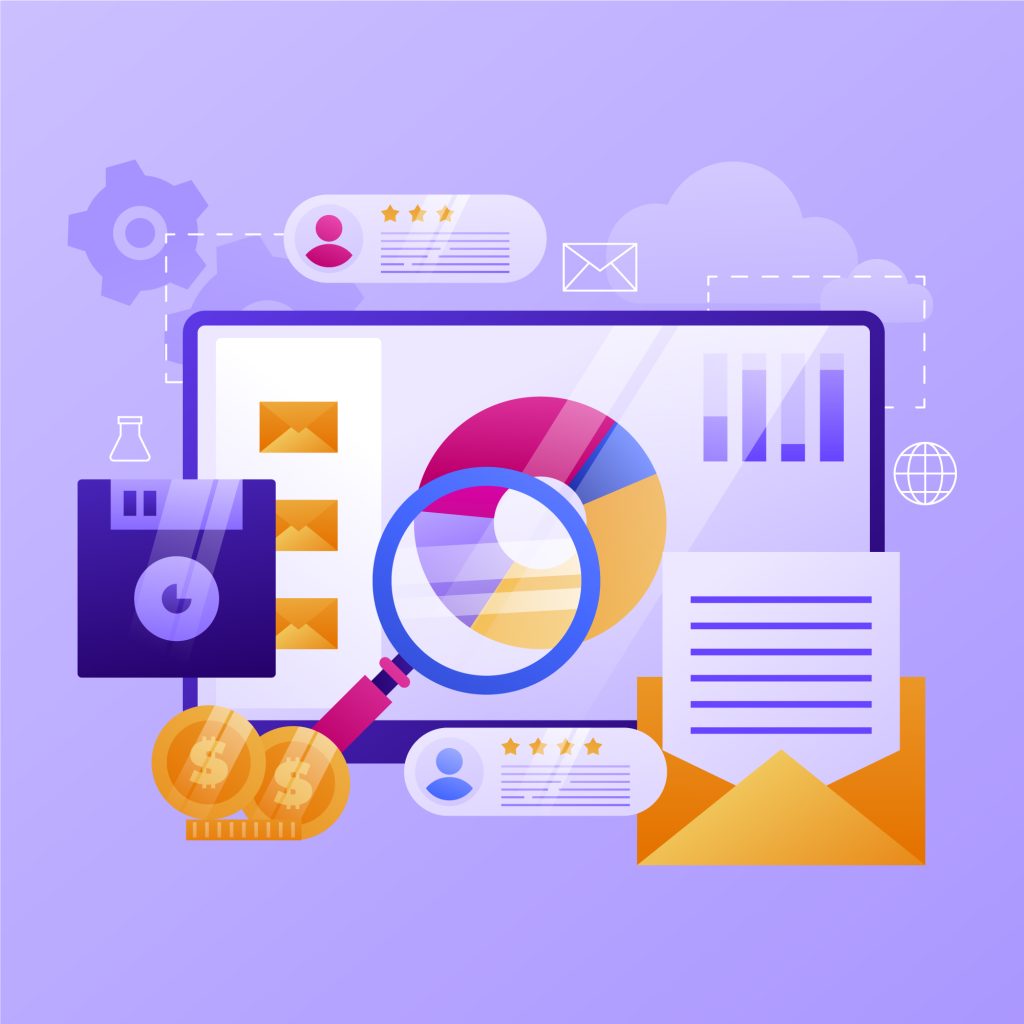
There are severeal less commonly used metrics that can provide deeper insights into the performance of your email program. Depending on your Email Service Provider (ESP), some of these can be easily tracked directly in your dashboard. Below are a few most common metrics:
Conversion rate
Depending on your Email Service Provider (ESP), you might find this campaign-level metric on your dashboard. However, it’s good practice to calculate it independently.
When you’re looking at your overall metrics, this figure will assist you in evaluating the success of each email campaign. It allows you to compare the effectiveness of campaigns targeting items with different price points.
Value of an email address
The value of an email address signifies its financial worth in your database, determined by the revenue generated from email marketing. It is a business-oriented metric and not confined to individual campaign assessment.
Unlike the other metrics listed, the value assigned to an email address aids in making strategic business decisions and informs campaign-level planning. It provides valuable insights beyond the scope of routine campaign analysis.
Customer behavior beyond campaigns
Customer behavior beyond campaigns metric entails monitoring campaign-level statistics beyond the initial campaign duration. It ensures that you capture all revenue generated from email, offering enduring benefits to your program.
Marketers often swiftly transition to the next campaign, concluding each one with a static report and rarely revisiting it a week or more later. This can be a mistake, as there may still be ongoing activity. By consistently tracking campaigns until no further activity is observed, you may continue to see conversions for months to come.
ROI
Return on investment (ROI) shows how valuable and financially successful your email program is. It can lead to getting more money and support. Email marketers often have too much work and not enough resources.
Some of this is our fault. We don’t give enough detailed reports, including the metrics, and we don’t talk about our successes enough. But ROI is one of the email’s biggest strengths, so we should calculate it, share the results, and make sure the people in charge of money in our company are aware of it.
Open-reach, click-reach, and conversion-reach
These engagement metrics evaluate the effectiveness of your audience engagement efforts outside of specific campaigns.
These metrics gauge how many individual subscribers have interacted with your email campaigns by opening, clicking, or converting at least once within a specific time frame. They are essential for assessing the overall engagement levels of your email program.
Customer lifetime value (CLTV)
CLTV metric helps you focus on customer retention and customer experience (CX).
This number is useful in two ways. First, it serves as a benchmark to see if it’s going up, down, or staying the same. It also helps us compare it to the values from other marketing channels over time. Second, it gives us a specific value for the average customer’s worth.
List growth
List growth evaluates the growth or contraction of your email list within a specified timeframe.
While you may often refer to your total list size when preparing to send a promotional campaign, it’s crucial to periodically assess whether your list is experiencing growth or decline. This ensures you maintain a healthy and engaged audience over time, rather than just focusing on the immediate campaign recipients.
Best practices for email frequency
Below are a few best practices to keep in mind when creating an email campaign:
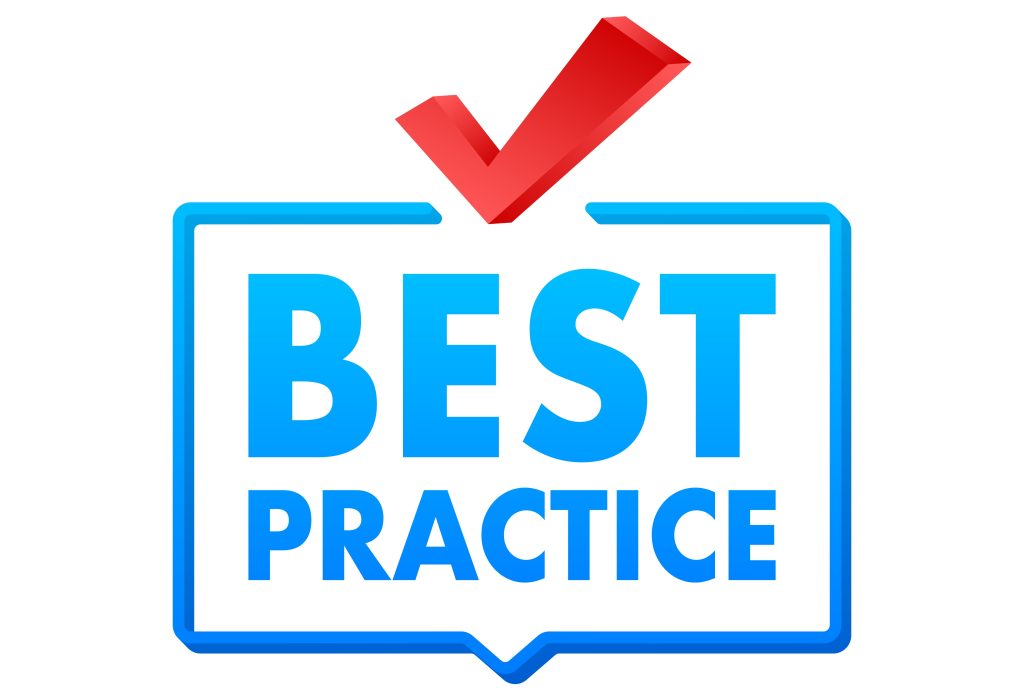
Understand your Audience and Goals
To maximize email effectiveness, start with clear goals and understand your audience. Determine what you want to achieve (e.g., boost blog traffic or close deals) and tailor your emails accordingly.
Consider where your recipients are in their buyer’s journey (awareness, consideration, decision) and craft messages that resonate. Avoid generic, one-size-fits-all emails. Leverage automation tools to customize content based on leads’ behavior. HubSpot offers a free email automation tool for this purpose.
Value your Customer by Personalization
Personalization is key. Generic greetings like “valued customer” don’t engage readers. Aim for personalized emails to boost click-through rates. Studies show that 47.2% of marketers find email personalization highly effective.
Sending mass, impersonal emails won’t yield the desired results. Luckily, many email tools enable customization for specific leads.
A/B Testing
Employ A/B testing to gauge subscriber preferences. This method allows you to see how different email frequencies are received. For example, you can send one group weekly emails and another group bi-weekly emails.
Likewise, you can try sending emails to one group in the morning and to another in the afternoon. Analyze the results to pinpoint the optimal timing and cadence for your emails.
Choose the Right Content
Strike a balance in your email approach. Don’t be overly hesitant, fearing you’ll bother your audience. It’s important to be persistently professional without being pushy. Remember, regular emails keep your audience engaged.
If you only reach out once in a blue moon, you risk fading into the background. Timing is crucial, but don’t overwhelm with excessive emails. Imagine serenading someone with a song: romantic once, but not on repeat. Create a steady email schedule and coordinate with your team to avoid overwhelming your audience.
Let your Subscribers have the Control
Empower your subscribers to choose how often they receive emails. Offering this customization can help reduce unsubscribes. Provide options like daily, weekly, or monthly emails, giving them control over their subscription.
This approach fosters a positive view of your brand, as it allows them a say in their email preferences. At a minimum, aim to reach out to each subscriber once a month. This way, you maintain engagement at a frequency that suits them.
Wrapping up
Adjusting your email frequency can yield varying outcomes, be they favorable or otherwise. The key is to consistently experiment and ascertain what resonates most with your subscribers and email list.
Keep in mind that each person on your email list is distinct. This underscores the significance of collecting data to gain deeper insights into your subscribers. This data can then be harnessed to enhance your email content and frequency. Delivering content that is finely tailored and of top-notch quality is essential for boosting engagement, consequently leading to an augmented email marketing ROI.
Manage your email marketing campaign and learn more about increasing engagement through other channels. Visit our website for more details.
All images belong to their respective owners. Please email [email protected] if removal is required.

